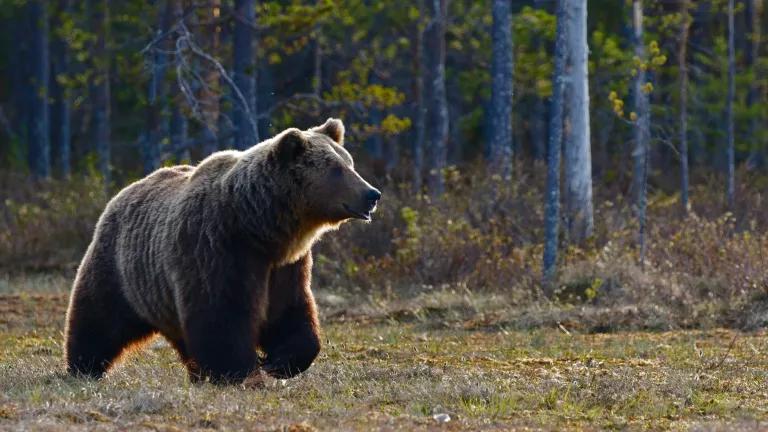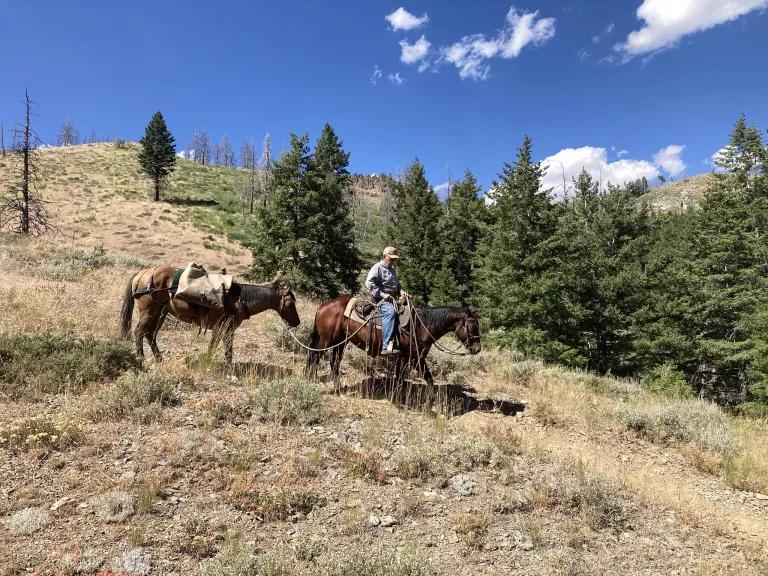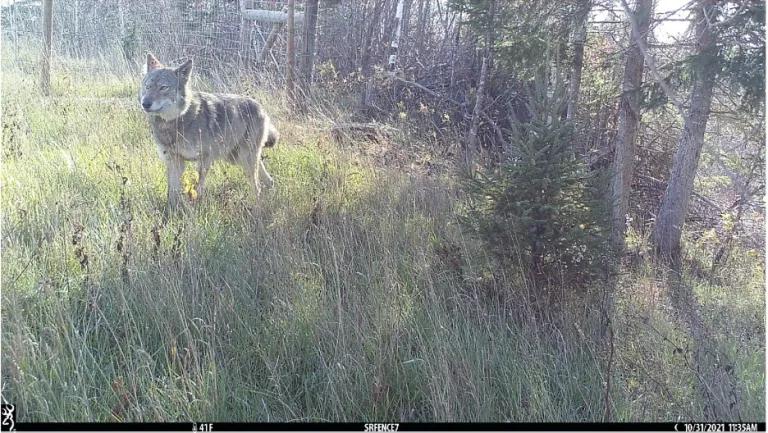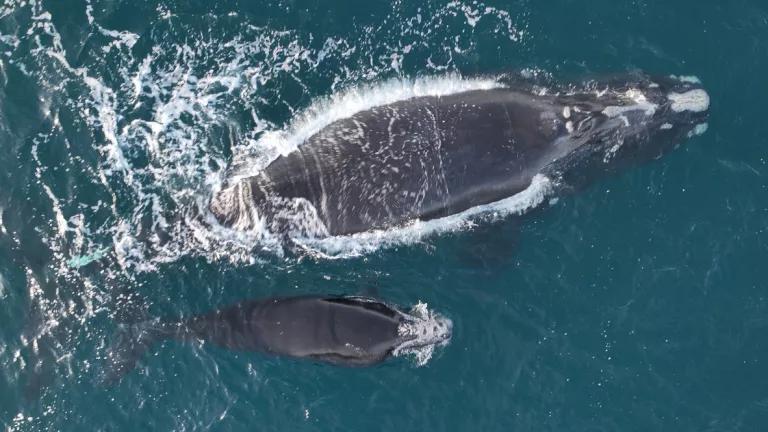Congress Invests in Solutions to Human-Wildlife Conflict
New federal spending demonstrates a continued shift towards promoting win-win solutions for people and wildlife.

Photo by Zdeněk Macháček on Unsplash
In order for some of America’s most iconic wildlife—like grizzly bears, wolves and beavers—to recover and survive on our increasingly human-dominated landscape, we must find real-world strategies for people and wildlife to navigate each other’s needs successfully. Everyone loses when these animals are drawn into conflict with human communities, resources, or livelihoods, and wildlife are often killed in response. Congress has been increasingly investing in solutions to minimize and avoid the most common human-wildlife conflicts—by supporting efforts to secure livestock, property and resources to keep wolves, bears, beavers, and other wildlife out of trouble. In the federal government spending bill for Fiscal Year (FY) 2023—passed before Congress adjourned in December—the agricultural appropriations included $4.5 million dollars for USDA-Wildlife Services (Wildlife Services) to implement and expand its Nonlethal Initiative. This represents an 80% increase in the level of funding appropriated for the initiative compared to the previous year and demonstrates a continued shift towards promoting solutions that work for both people and wildlife.
The mission of Wildlife Services is to “provide Federal leadership and expertise to resolve wildlife conflicts to allow people and wildlife to coexist.” This agency has long been known for its role in lethally removing wildlife in response to conflict. But with dedicated federal funding and rapidly growing partnerships, the agency is expanding its operations to offer support to communities and landowners who can benefit from a diverse suite of nonlethal tools. From specialized fencing that deters wolves from accessing calving pastures, to electric fencing that keeps grizzlies from raiding chicken coops, to riders on horseback who patrol and protect livestock across large tracks of wild land, to water flow devices that prevent beavers from flooding properties—these nonlethal tools are proving their value to those who are looking for new solutions to break through old cycles of loss and killing.

A range rider patrols the National Forest habitat of Mexican gray wolves in an effort to prevent wolf-cattle conflict.
Image: USDA-Wildlife Services
Congress first appropriated federal funding for Wildlife Services’ Nonlethal Initiative in FY2020, after the agency successfully piloted a new type of “Nonlethal Specialist” position in Montana, and later in Oregon. The agency received $1.38 million in federal funding for this initiative in FY20 and again in FY21, and it received an increase to $2.5 million in FY22. With these funds, Wildlife Services has provided dedicated nonlethal support for resolving conflicts across 13 states in the last three years through education and outreach, project implementation, and research. The agency has hired dozens of new nonlethal specialist positions, who have worked to support many hundreds of landowners and agricultural producers with implementing nonlethal strategies across the Western Region and the Great Lakes states. In an effort to share information about the growing Nonlethal Initiative and the diverse strategies available to reduce conflicts, Wildlife Services launched a webpage that summarizes the nonlethal work it advanced in the first two years of the Initiative. The website includes interactive visuals, images of the agency’s nonlethal specialists in action, and trail camera footage of some of the wildlife that are living in proximity to livestock.

A wolf travels along the exterior of a fence Minnesota-Wildlife Services and multiple partners installed to permanently protect livestock.
More recent highlights from the Nonlethal Initiative in FY22 include:
- The agency supported 37 full- and part-time nonlethal staff across participating states, with many additional staff assisting with project identification, planning and implementation.
- Staff in Montana, Idaho and Wyoming implemented over 70 electric fencing projects to prevent grizzly bears from accessing calving pastures, pig pens, bee yards, and other types of attractants.
- Staff in Colorado helped producers learn to live with and prepare for wolves, including through implementing turbo fladry and range rider projects, placing guard dogs, and contributing to outreach and education events with presentations on nonlethal strategies.
- Multiple states tested innovative nonlethal tools for preventing livestock loss, such as mobile sound devices, flashing ear tags, and drones to help deter carnivores from vulnerable livestock on private and public lands.
- For the first time—thanks to expanded language in the spending bill—Wildlife Services used some of this funding to support nonlethal beaver conflict prevention efforts in Washington, Oregon, Wisconsin and Michigan, including water exclusion devices, resource protection, and relocation. As our understanding of beavers’ ecological value grows, the need to reduce unnecessary killing of beavers is increasingly compelling.
- The National Wildlife Research Center advanced its research to evaluate the implementation of nonlethal tools by working with the agency’s nonlethal specialists, including through studying the effectiveness of fladry, range riding and fencing, cost-benefit ratios, and producer attitudes.

A still image from a drone video capturing two wolves attacking a cow. The drone sucessfully hazed the wolves away from the cattle and out of the pasture.
The increased funding for the year ahead is timely as Wildlife Services sees expanded public interest in and demand for nonlethal tools. Through Wildlife Services’ growing partnerships and congressional support, new doors are opening to solutions that protect a future for both people and wildlife across complex and rapidly changing landscapes. We will continue to monitor the activities of this initiative in FY23 and work with our partners at the agency to improve outcomes as the program grows and strengthens.




